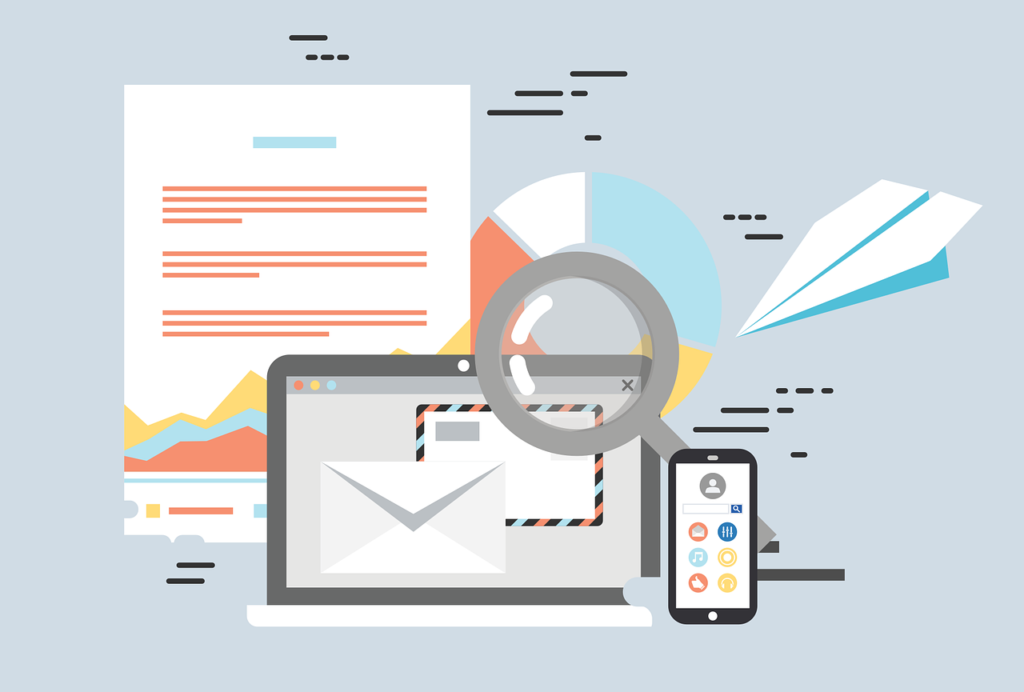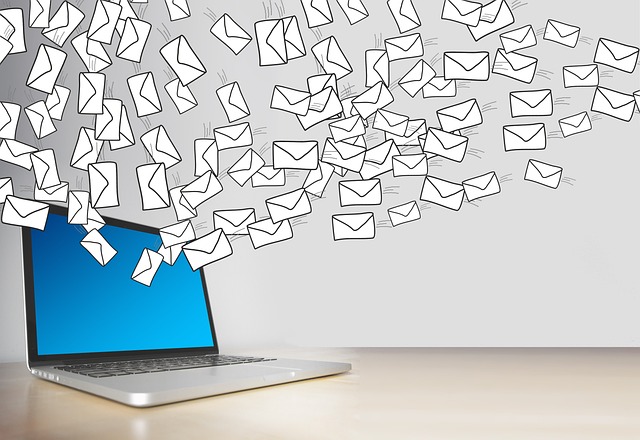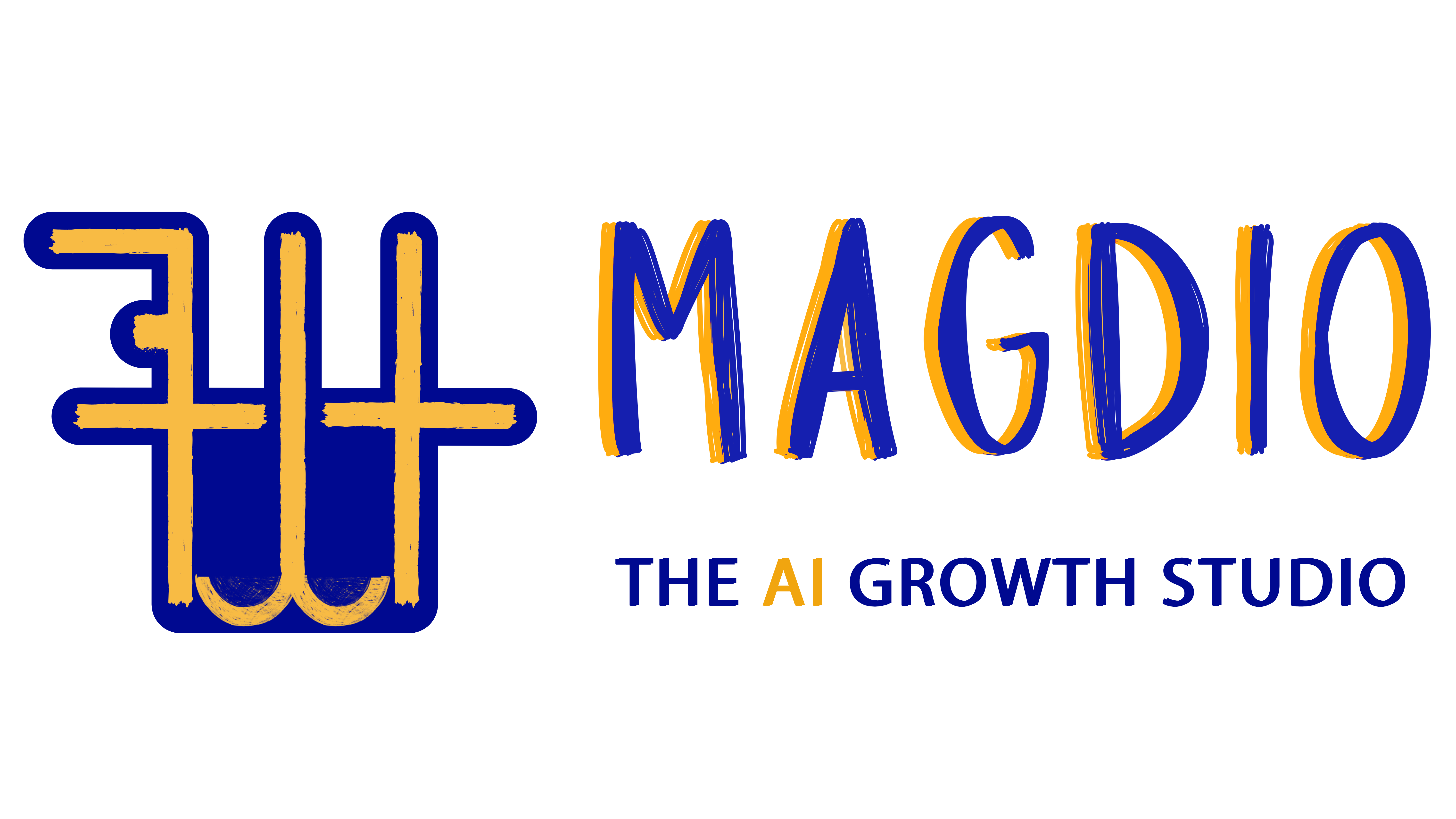Email marketing still holds the crown as one of the most powerful tools for building customer relationships. And the journey starts with one key message: the email welcome series.
That first welcome email is more than a greeting—it’s your chance to make a memorable first impression, build trust, and set the stage for long-term engagement. Studies show that 74% of subscribers expect a welcome email, and brands that deliver one often see better open rates, stronger click-throughs, and higher conversion rates.
In this post, you’ll learn everything you need to know to write a high-converting welcome email, why it matters, and how to build an automated welcome series that turns new subscribers into loyal fans.

Why Welcome Emails matter in Email Marketing?
Welcome emails are your digital handshake—a chance to start your relationship with subscribers on the right foot. They set expectations, spark interest, and get users to take that next step.
Not only do welcome emails have a 68.6% open rate—much higher than most other marketing emails—they can also drive up to 56.8% higher conversions. Subscribers who engage with a welcome email are also more likely to explore 40% more of your content over the next six months. That means your welcome message can become the most important email you’ll ever send.
What is a Welcome Email and What should it include?
A welcome email is the first message your audience receives after signing up to your email list, newsletter, or offer. It’s their first real interaction with your brand in their inbox, and that moment counts.
A great welcome email should:
Confirm the subscription or sign-up
Clearly introduce who you are and what you do
Deliver something of immediate value (like a free guide or coupon)
Begin building credibility and connection
Encourage a gentle first step toward deeper engagement
Think of it as your opportunity to open the door and invite them into your world.

1. Write a subject line that boosts open rates
Your subject line is the gatekeeper—it decides whether your email gets opened or ignored. If you can’t grab their attention here, the rest of your message won’t matter.
Keep it short, specific, and packed with value. Use curiosity or urgency without sounding clickbait-y. And where possible, personalize it to create a sense of one-on-one communication.
Examples:
“Welcome! Your Free Guide Is Inside”
“You’re in! Let’s Get Started”
“Thanks for Joining—Here’s What’s Next”
A compelling subject line can increase your open rates dramatically, so don’t treat it like an afterthought.
2. Personalize your welcome message to build trust
Personalization isn’t just using a first name—it’s about making the reader feel seen. People are more likely to engage when the message feels relevant to them.
Mention how they found you (did they sign up from a blog post, a lead magnet, a webinar?). Reference their interests, behavior, or pain points. Use segmentation to tailor the experience whenever possible.
A personalized welcome message sets the tone for a meaningful, ongoing connection.
3. Set clear expectations to reduce unsubscribes
When someone joins your email list, they want to know what they’ve signed up for. Be transparent about what’s coming next.
Let them know:
What kind of content to expect (tips, offers, updates, etc.)
How often you’ll be sending emails
How to manage their preferences or unsubscribe if needed
Setting expectations upfront builds trust and decreases the chances of them marking your emails as spam down the line.
4. Deliver immediate value to keep them interested
First impressions matter—and delivering something valuable right away gives subscribers a reason to stick around. This could be a downloadable freebie, an exclusive discount, or a link to a helpful blog post.
Your goal is to create an early “win” for your new subscriber. The faster they get something useful, the more likely they are to keep opening your future emails.
5. Include a clear CTA (Call to Action) that guides the next step
A strong welcome email doesn’t just thank subscribers—it guides them forward. Include a single, clear call-to-action (CTA) that encourages a small next step.
Whether it’s reading a blog, following you on Instagram, or exploring a product—make sure it’s easy and obvious. Avoid overwhelming them with too many links. One solid CTA works better than five scattered ones.
Micro-conversions now can lead to bigger actions later.
6. Use Engaging, Emotion-Driven Content that reflects your brand
The tone and vibe of your welcome email should match your brand’s personality. Whether you’re warm and friendly, bold and confident, or sleek and professional—consistency is key.
Use storytelling, a touch of humor, or even your brand mission to create an emotional connection. Include links to helpful resources, testimonials, or your most-loved content to build credibility and engagement.
Remember, people buy from brands they trust—and that trust begins with how you make them feel.
7. Build a Welcome Email Series that nurtures relationships over time
One welcome email is great. But a welcome email series? That’s how you build real, lasting relationships.
Instead of trying to cram everything into one message, break it into a short sequence that guides the subscriber through your brand journey. Here’s a simple 4-part series you can try:
Email 1: Thank them and deliver their freebie or offer.
Email 2: Share valuable blog content or an educational video.
Email 3: Talk about your brand’s mission, story, or unique value.
Email 4: Ask them to take a small step (shop now, join your Facebook group, book a call, etc.).
Spread the emails over 4–7 days. This keeps subscribers engaged without overwhelming them.
Bonus Tips: Welcome Email best practices for maximum results
Here are some extra tips to make sure your welcome emails hit the mark:
Send immediately. The first few minutes after sign-up is when subscribers are most engaged.
Design for mobile. Over 70% of emails are opened on phones—your design should be mobile-friendly.
Keep it short and skimmable. Use headers, bullets, and bold text so people can digest key info quickly.
Always test. A/B test your subject lines, CTAs, and timing to optimize your open and click-through rates.

Conclusion
Your welcome email isn’t just another message—it’s the beginning of a potential long-term connection. Done right, it can turn new subscribers into loyal customers and even brand advocates.
Make it personal. Make it useful. And most importantly, make it about them—their needs, their wins, their journey. A thoughtful welcome email (or series) can increase your engagement, boost conversions, and set you apart in a crowded inbox.
If you’re serious about scaling your email marketing in 2025, your welcome strategy needs to be a priority. Start strong, and the results will follow.

